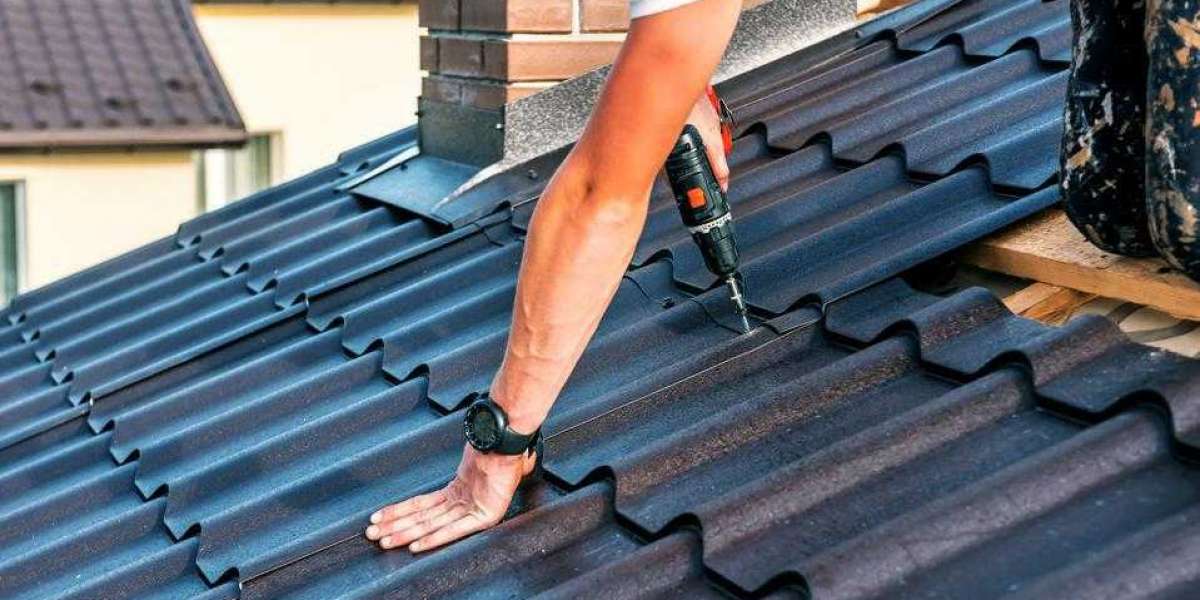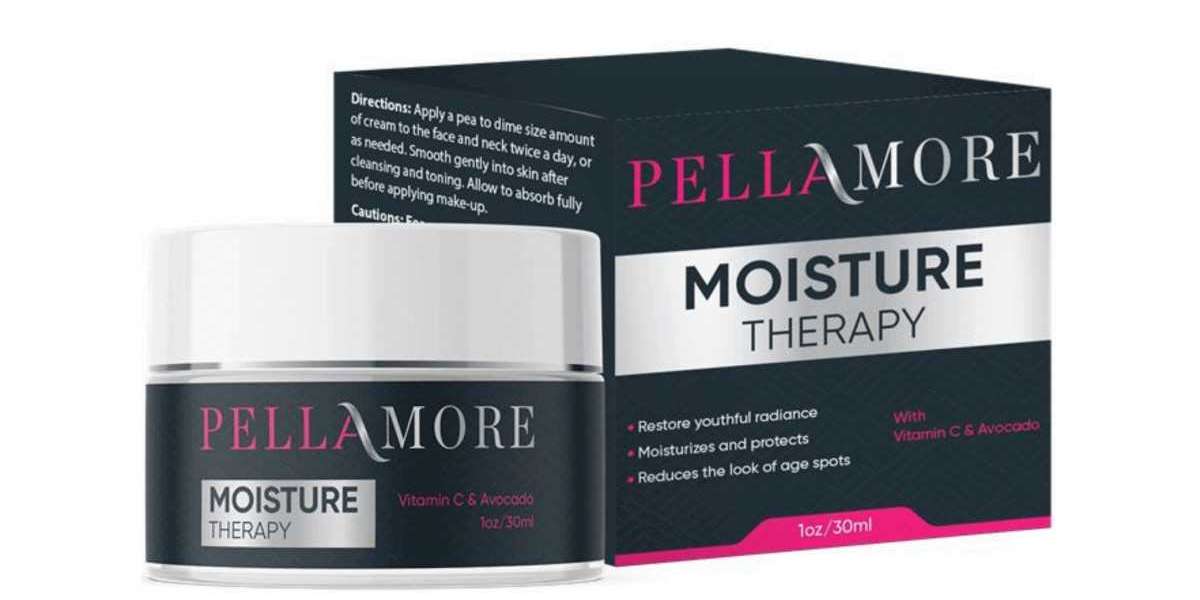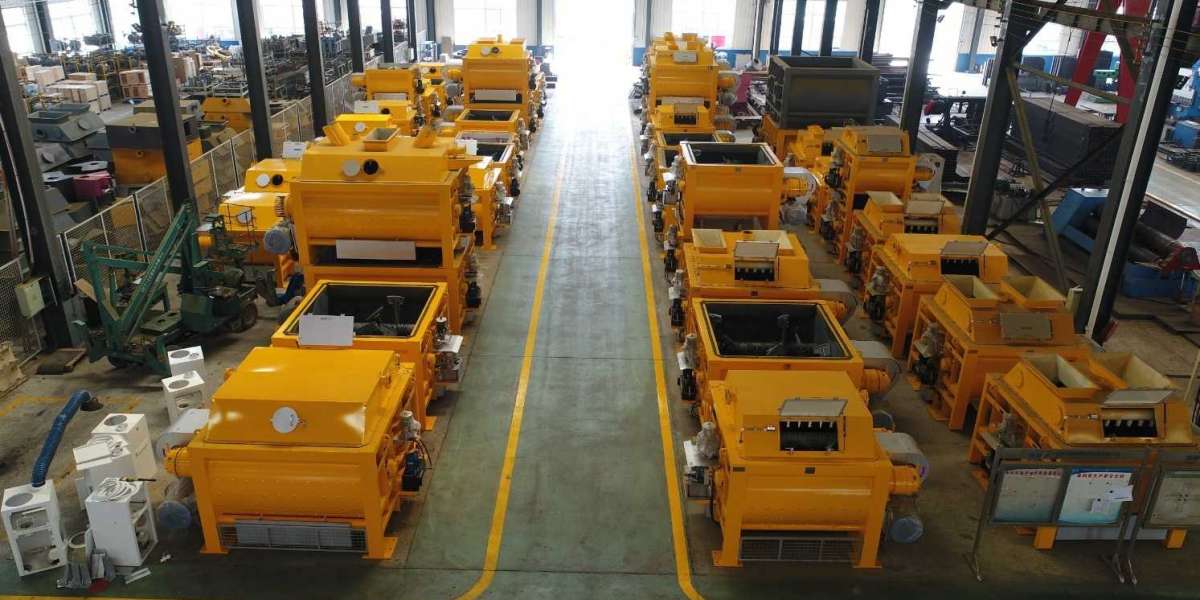Q: What, in your opinion, is the best roofing material for a new home construction project?
A: The most appropriate building material is determined by the location and climate. It is possible to install metal roofing almost anywhere. It is at the top of my list because of its adaptability to any situation or weather condition.
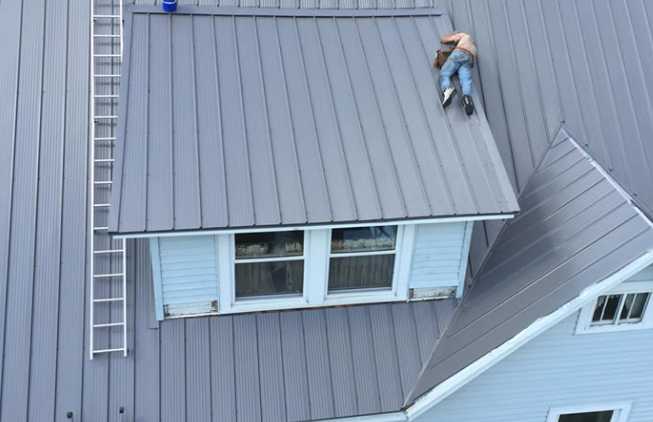
When we say that roofs "breathe," what exactly does that mean in terms of maintenance?
Through attic ventilation, no moisture, extreme heat, or cold are allowed to enter your home. In order to keep the attic in good condition, only boxes and other objects must be removed. Clutter in the attic can obstruct airflow and make vents less effective.
It's best to keep objects in your attic close to the center of the house and at a low level to avoid obstructing the flow of fresh air. Take care not to damage any vents or insulation.
Q: How do you clean the shingles on your roof?
A roof is usually in good working order without the need to be cleaned. If your roof is prone to moss or other growth, you will have to clean it more frequently. When necessary, use a garden sprayer filled with bleach and water to clean up the mess. Reverse the direction of the hose. Water is kept out of the shingles by rinsing from above. It is recommended to use caution when walking on a wet roof because it may become slick. A power washer should never be used on a roof. It is also not recommended to scrub.
If you have any questions about the installation of your roof, please contact us.
After the roof has been installed, it should be thoroughly inspected. If they weren't, your preferred roofer should have taken care of it. Flashing around chimneys and valleys has been replaced. The color of the roof should be visually consistent throughout, and the lines should be clear and straight.
Q: How long do roofs typically last in the normal course of events?
A neglected asphalt shingle roof will last 15 years if it is properly maintained. A decade to fifteen years in temperate climates. Roofs made of metal or slate can last for 50 years or longer.
The most important factor to consider is the weather. Even a properly installed roof can be harmed by the elements such as wind and sunlight. Trees can either provide shade or cause significant damage. Avoid allowing tree limbs to come into contact with the ceiling and remove any that have fallen.
Is there any new roofing fashion that you've noticed?
A: metal roofing has become ubiquitous in recent years. It outperforms any other roofing material that is currently on the market.
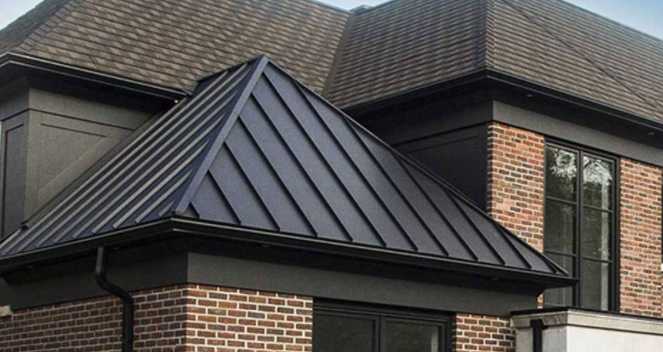
Q: What are the most common weak points in a two-story roof structure?
Basically, anything that protrudes from the roof plane could be considered a weak spot. The flashing around chimneys and dormer walls is particularly delicate and requires special care.
Q: Can the roofing material you choose have an impact on your insurance premiums?
A: I'm not in the insurance business. However, I am aware that metal roofs receive fewer storm damage complaints. Insurers may prefermetal roofing over asphalt shingles in certain situations.
In addition to being non-fireproof, wood shingles such as cedar shakes may increase insurance premiums.
Q: How frequently should you have your roof inspected?
The majority of homeowners have the ability to physically inspect their roof at any time. The seasons of spring and fall are recommended. It is preferable for me to inspect my roof once a month and immediately after a storm because it has been damaged by multiple trees.
If you notice anything that appears to be out of place or damaged, contact a reputable roofing contractor for an inspection.
